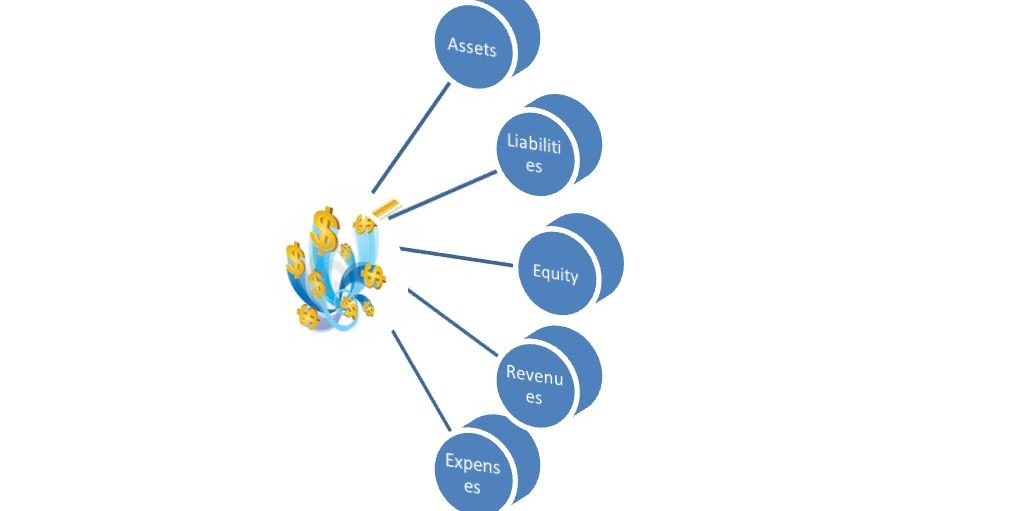Last week I talked about the importance of using account numbers. One of the main reasons is that it creates structure and allows you to group your transaction based on the five main categories of accounting.
There are five main chart of account categories that are the foundation of an accounting numbering system. These five categories act, sort of, like a legend for the filing system by which you will record your revenues and expenses. These chart of account categories can be broken down into further subcategories but for simplicity I am going to focus on these main groups.
- Assets – These are the things you own. This category consists of cash and assets that are readily available and can be easily converted to cash, such as Receivables due to you from customers and inventory. It also includes fixed assets you own and use in the daily operations to help generate cash.
- Liabilities – This category contains debts that you owe to vendors and lenders. Some of this debt is short-term and contains expenditures necessary to keep the business a running. Typically these expenses can be re-paid in less than 90 days. While others are long term, and payable over a set period of time.
- Equity – This group of accounts is the net between your assets and liabilities. They tell you what your business is truly worth. These accounts are also where you would record funds contributed to the business, by you the owner, or distributed to you from the business. If there are plans to repay these funds, then they should be recorded as a long term asset or liability, whichever applies.
- Income –This is revenues earned from the products and services you offer and sale. These sales may be generated by cash or credit and should be net of any refunds issued.
- Expense – These accounts are the meat and potatoes of your business. These accounts “tell” where all of your money is going. Expenses are typically broken down into subcategories for Cost of Goods Sold, General & Administrative and Other Expenses.
As I stated last week, each category consists of transactions that solely meet the criteria of that category. This criteria allows you to group expenses and revenues in such a way that will create financial organization. This organization allows you to know how much money you have spent on any given group of items at any point in time. And as long as you use these five categories at a minimum, you will be on the right track to financial organization.
How has using a structured system helped you better understand your financials?
All rights reserved. © 2013









